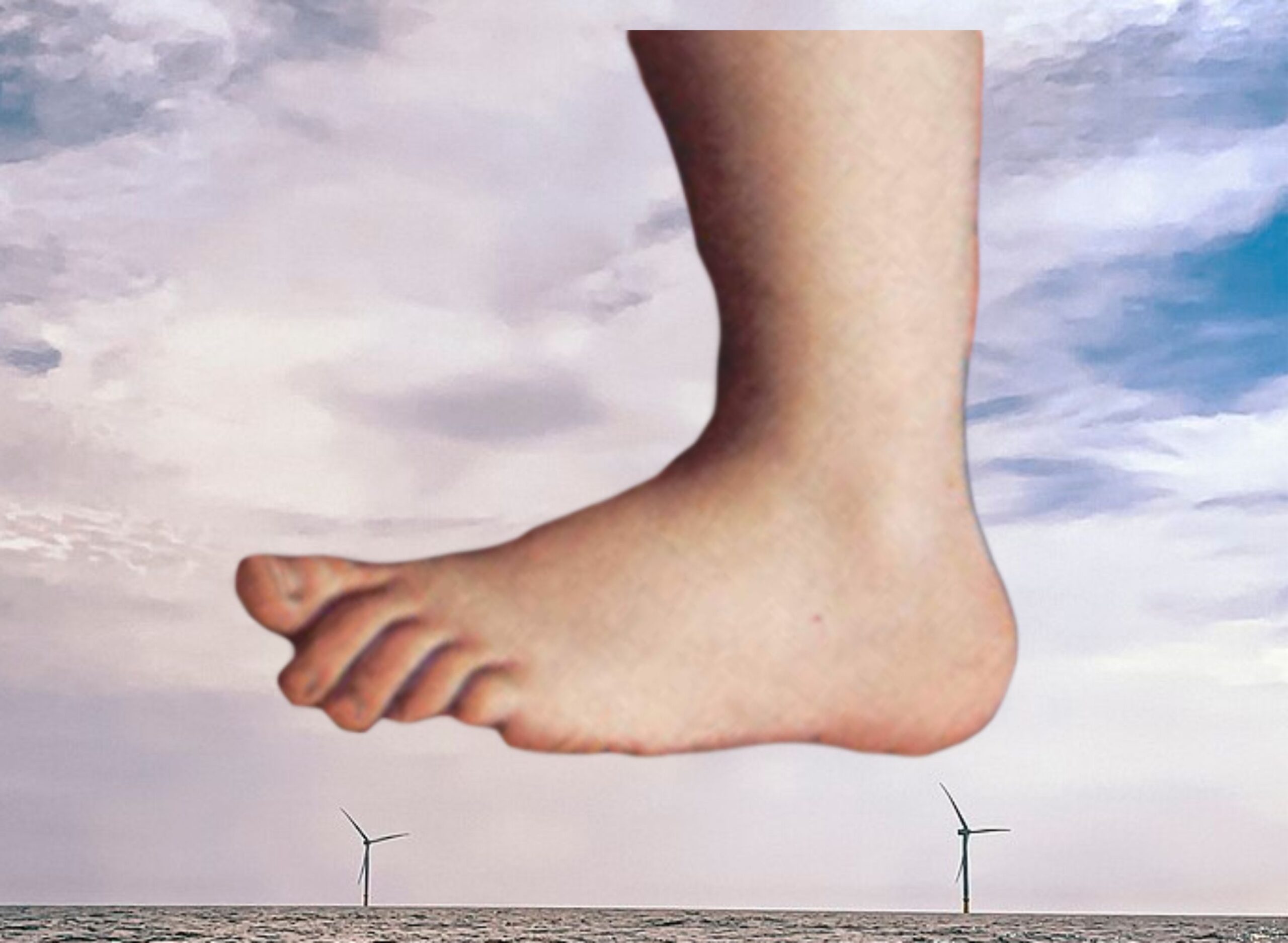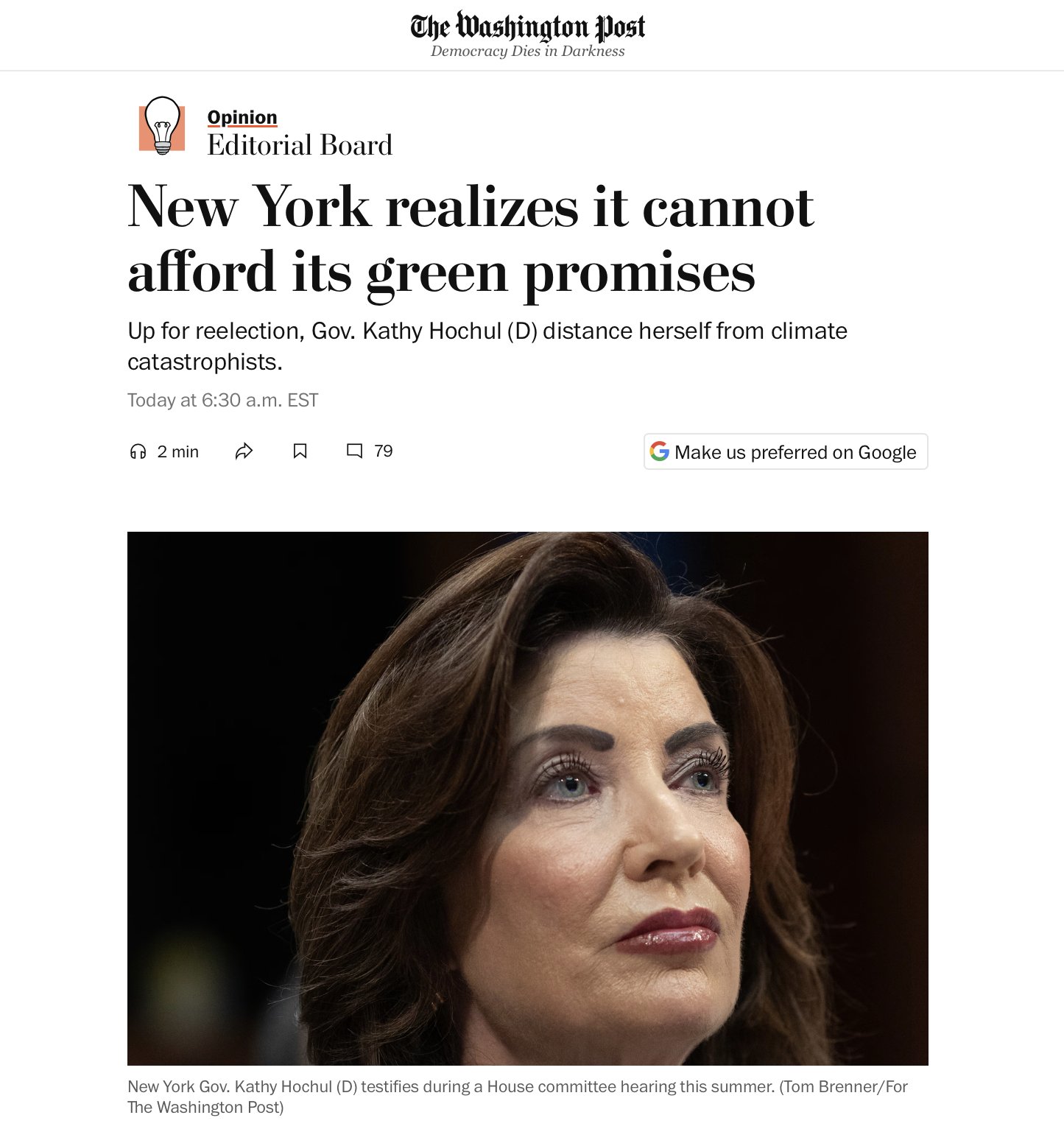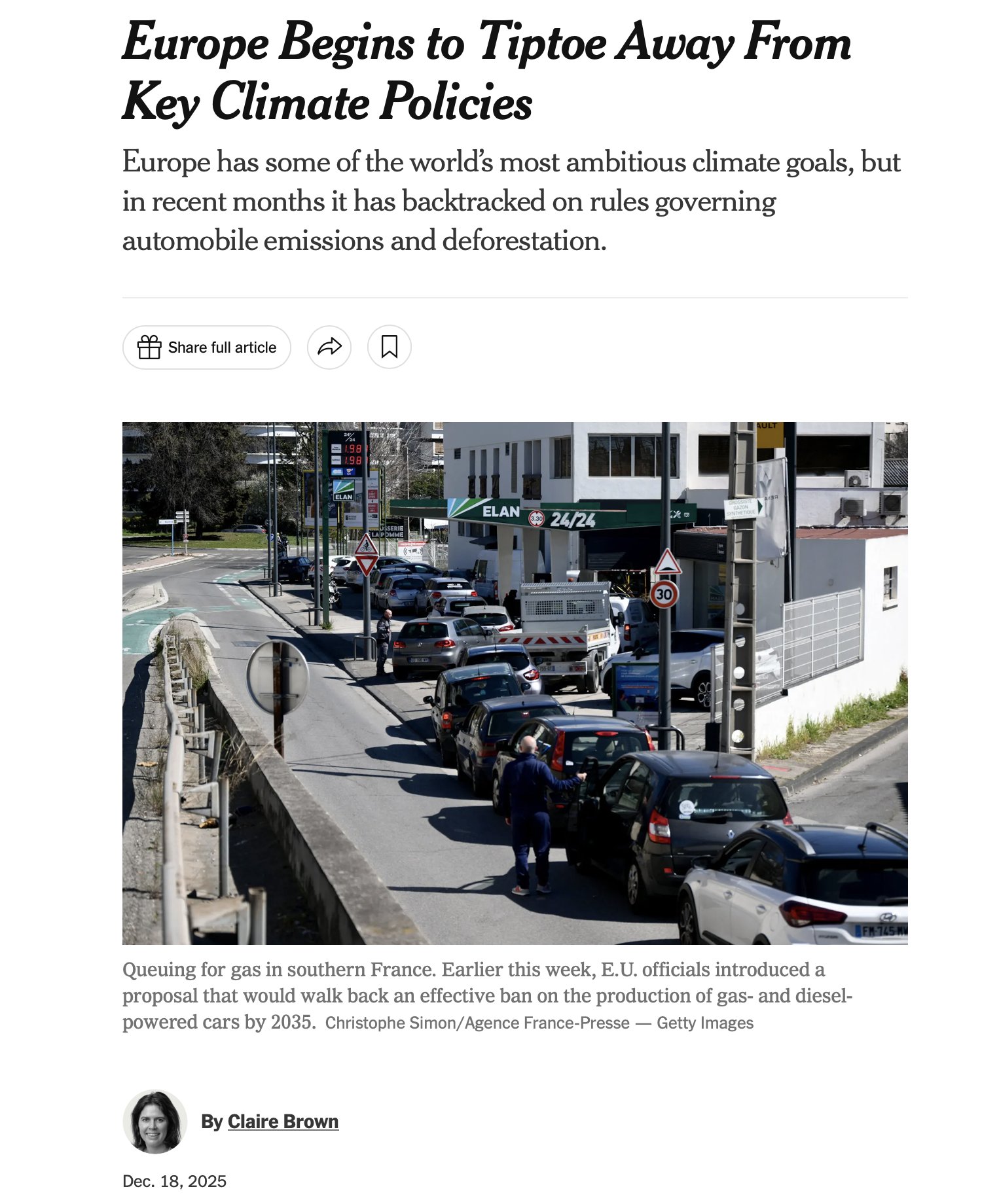Grinsted’s Hurricane Paper Not Fit For Purpose
By Paul Homewood
This is the Grinsted study on hurricanes, which I discussed earlier:
ABSTRACT
Hurricanes are the most destructive natural disasters in the United States. The record of economic damage from hurricanes shows a steep positive trend dominated by increases in wealth. It is necessary to account for temporal changes in exposed wealth, in a process called normalization, before we can compare the destructiveness of recorded damaging storms from different areas and at different times. Atmospheric models predict major hurricanes to get more intense as Earth warms, and we expect this trend to eventually emerge above the natural variability in the record of normalized damage. However, the evidence for an increasing trend in normalized damage since 1900 has been controversial. In this study, we develop a record of normalized damage since 1900 based on an equivalent area of total destruction. Here, we show that this record has an improved signal-to-noise ratio over earlier normalization schemes based on calculations of present-day economic damage. Our data reveal an emergent positive trend in damage, which we attribute to a detectable change in extreme storms due to global warming. Moreover, we show that this increasing trend in damage can also be exposed in existing normalized damage records by looking at the frequency of the largest damage events. Our record of normalized damage, framed in terms of an equivalent area of total destruction, is a more reliable measure for climate-related changes in extreme weather, and can be used for better risk assessments on hurricane disasters.
INTRODUCTION
Hurricanes are the costliest natural disasters in the United States . The damage costs from Hurricane Katrina have been estimated to be $125 billion , which was 1% of gross domestic product (GDP) for the entire United States in 2005 . A better understanding of hurricane-related damage and its costs over time is clearly of immense societal importance.
Climate model projections of near-term and future warming scenarios indicate an increasing intensity of hurricanes in the North Atlantic with medium confidence , and that the most intense hurricanes will become more frequent and even intensify further . Damage has a nonlinear relationship with hurricane intensity , and total damage has been dominated by the most extreme events. By simple extrapolation, we therefore expect an increasing trend in hurricane damage to eventually emerge in the records. However, a trend may be difficult to discern with any statistical confidence, because damage is dominated by only a few particularly intense hurricanes.
The economic damage from tropical storms over the last century shows a rapid increase, but most of that increase can be attributed to increased wealth exposure. We cannot directly compare the damage from the 1926 Great Miami hurricane with that from Hurricane Irma in 2017 without considering the increased amount of valuable property exposed. The loss record must be “normalized” in order to make past events comparable to the present. Pielke and Landsea (13) pioneered the use of “loss normalization” on hurricane damage. They found that the trend in damage disappears after normalization and concluded that the apparent rising losses were entirely due to changes in society. This conclusion has been challenged on statistical grounds because it relies on a simple least-squares trend of highly skewed nonnormal data . Some authors have found no evidence for a trend in normalized damages , whereas other authors find an increasing trend .
Traditional normalization schemes do not attempt to account for changes in vulnerability, which would result in reduced losses from protection measures, stricter building codes, and other adaptations. Several recent studies attempt to address this by allowing for losses having an elasticity with wealth or population . However, the resulting elasticities of these studies are contradictory, suggesting that this approach is highly uncertain.
In this paper, we foster a normalization technique framing losses in terms of a more physically appreciable quantity: an equivalent area of total destruction (ATD). This approach accounts for increases in wealth, population, and spatial differences in exposure. Our approach, however, still does not account for changes in vulnerability, and this must be kept in mind when assessing long-term trends.
https://www.pnas.org/content/early/2019/11/05/1912277116
Paul Homewood: As Grinsted notes, to compare the economic cost of damage from hurricanes, these costs have to be normalised, in order to allow for population changes, increasing wealth, new infrastructure and so on.
What this new study tries to do is to relate these normalised costs in terms of the “wealth of the area affected”. So, if a hurricane hits a relatively unpopulated part of the coast, its cost will be relatively low, regardless of its strength. And vice versa, one which hits a built up area will be much higher. By relating this cost to the wealth of the region, this discrepancy should, in theory, be taken care of.
However, there is one much more fundamental reason why economic damage is not a good indicator of climatic trends, and that is that damage is often not dictated by the strength of a storm.
Take, for instance, Hurricane Harvey. This is reckoned to have cost $132bn in normalised terms. But nearly all of this cost resulted from the flooding in Houston. If Harvey had stalled a few miles away, most of the rain would have fallen on open country, and the cost would have been far less.
Grinsted’s formula does not correct for this, because he assumes a region of 10,000km2 land-covered area nearest the location of landfall. Houston, of course, would only be a tiny part of this. Even if Harvey had missed Houston, the 10,000km2 would be still be virtually the same under his calculations. However, according to Grinsted’s method, Harvey is the most damaging hurricane to hit the US.
Let’s take another example, Katrina. Normalised losses were $148bn. Under Grinsted’s formula, Katrina is the second most damaging hurricane, but as with Harvey, most of the land around New Orleans is relatively undeveloped. If Katrina had made landfall twenty miles along the coast, the damage caused in New Orleans would probably have been much less.
In any event, the losses there were primarily the result of the failure of the levees, and not a reflection of the strength of the hurricane.
Put simply, both Harvey and Katrina were flukish events, and the enormous costs involved tell us little about the hurricanes themselves climatically.
According to Grinsted, Katrina and Harvey are the two most costly US hurricanes, but they certainly were not the strongest, either in terms of wind speed or pressure. Harvey was only Cat 4 at landfall, and Katrina a Cat 3. We should recall the paper’s claim that their method correlates marginally better with wind speeds and pressure. This is clearly not the case with these two storms.
We can see the effect of Katrina on Grinsted’s charts below – (The charts appear to be cut off prior to Harvey in 2017):
Chart A uses the Grinsted formula, and Chart B shows the conventionally normalised costs.
The ND costs in 2005 totalled £209bn, but Katrina accounted for $148bn of this. Excluding Katrina, the cost of $61bn that year would not have been in any way unusual.
We can also see that Grinsted’s formula radically relegates the Great Miami Hurricane of 1926, which tops the list of NDs at $243bn. According to Grinsted, it is now in a distant third place, only a third as costly as Harvey. This is highly controversial, particularly since Grinsted fails to give any explanation for this change.
Another issue is that Grinsted’s graph seems to begin in 1904. Therefore it leaves out the catastrophic Galveston hurricane in 1900, which in normalised terms cost more than Katrina and Harvey. Nevertheless the data for Galveston is shown in the paper, yet no explanation is given as to why it is excluded from the graph.
When it is included, the shape of the graph radically changes, to show little trend at all:
Klotzbach et al 2017
This alone should invalidate Grinsted’s findings.
There are other criticisms of Grinsted’s approach as well. Another concern, raised by Roger Pielke Jr, is that Grinsted assumes that the growth in wealth over the years has been evenly spread across the US. But in reality, growth in hurricane states, such as Texas, Florida and N Carolina, has been much greater than the national average. This would mean that Grinsted has overestimated the hurricane damage in recent years.
Grinsted accepts that their database misses some minor hurricanes in the early 20thC, but glosses over this problem. But it clearly biases the damage trend upwards.
In short, no matter how you slice and dice the numbers, using heavily manipulated economic data as a measure of hurricane activity is a poor substitute for the actual climatic data, which tells a totally different story:
Klotzbach et al 2017
 https://www.aoml.noaa.gov/hrd/hurdat/All_U.S._Hurricanes.html
https://www.aoml.noaa.gov/hrd/hurdat/All_U.S._Hurricanes.html
Bear in mind that Grinsted claims that his method correlates better with wind speeds, but the climatic data shows the complete opposite. The number of US landfalling hurricanes has been declining since 1900, both for all hurricanes and major ones.
In addition there has been a notable decline in Cat 4s, while the wind speeds of the four Cat 5 hurricanes has also been dropping.
As Pielke states:
I’m a big fan of using climate data to look at climate signals, not heavily manipulated economic data.










